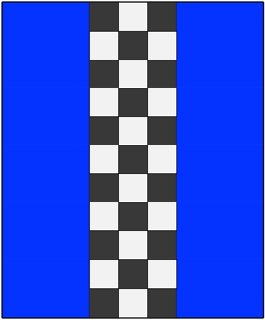Ray-tracing, the simulation of light rays and their interactions with the environment, is the holy grail of computer graphics and can achieve Hollywood-level imagery. The Amiga home computer, despite being capable of ray tracing in the 80s, was left out of the conversation due to hardware limitations. The Amiga played a significant role in visual effects and pioneered software that is still used in the TV and film industry today, but ultimately fell out of favor due to financial struggles and competition from home consoles.


There’s a huge difference between real-time ray-tracing and playing back ray-tracing. The fact that the whole Juggler demo was created and pre-rendered fully on an Amiga was impressive for sure, but that’s not what we mean today when we talk about ray-tracing.
Was the juggler really rendered? To me it looked like all the balls where just flat brushes with a 3D ball effect that is moved around always facing towards you. Similar to the enemies in duke nukem and doom.
Yes. A nice, brief history here: https://www.randelshofer.ch/animations/anims/eric_graham/juggler.aviVE.html
Looks like i was thinking about a different animation. The balls in Juggler are not static and show a different reflection in each frame.
@Helvedeshunden @[email protected]
Commodore Amiga demo: Blitz - Real Time Raytracing (1991) https://youtu.be/piUrB0bApkw?si=8BCcBZ6Pdy6pvwo9 via @YouTube
That’s really cute. Of course, it’s also a fair bit simpler than Juggler, but real-time is neat. I’m sure there are other examples, but you never quite know when to trust descriptions in demos, because some were a bit on the braggy side ;)